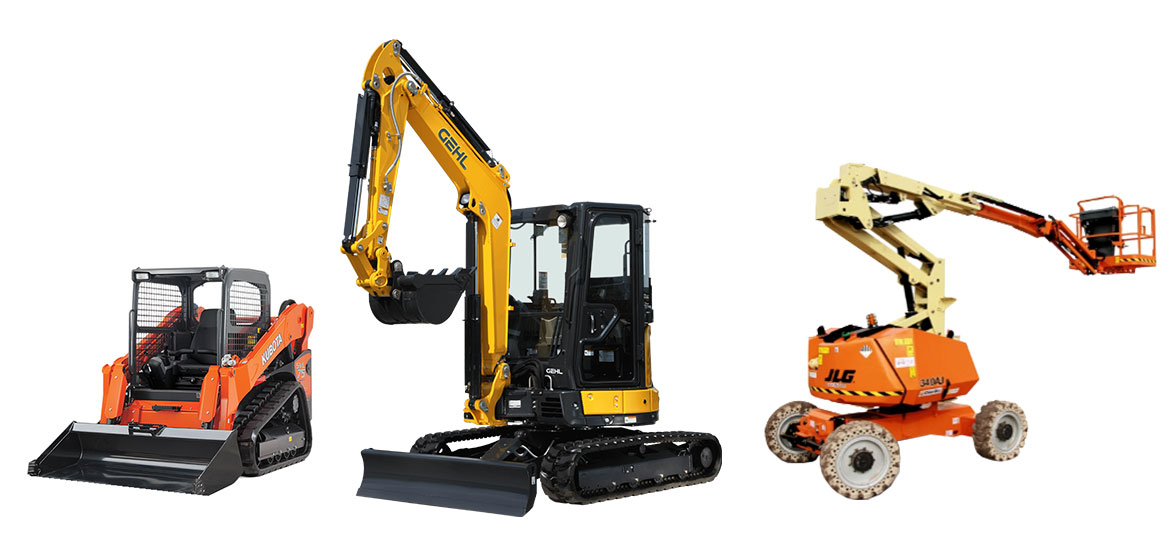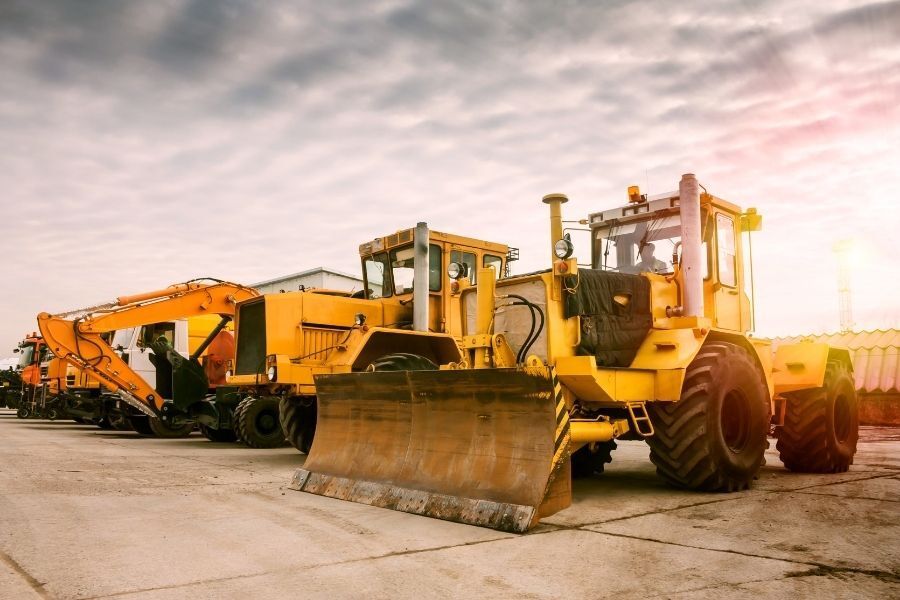Aerial Lift Rental: Versatile Lifting Solutions for High-Access Jobs
Aerial Lift Rental: Versatile Lifting Solutions for High-Access Jobs
Blog Article
Maximize Your Budget by Recognizing the Expenses Linked With Building And Construction Devices Services
Comprehending the full range of costs linked with construction tools leasings is crucial for maximizing your spending plan. What techniques can be used to successfully handle these costs and make sure a more effective rental experience?
Overview of Rental Expenses
When thinking about building devices leasings, comprehending the linked expenses is critical for reliable budgeting and project preparation. Rental costs can differ dramatically based on a number of factors, consisting of tools kind, period of rental, and place. The first rental fee commonly mirrors the devices's market need and its associated operational capacities, affecting the overall expense.
Along with the base rental price, secondary expenses might develop, such as transport fees, gas additional charges, and maintenance charges. It is important to represent these extra expenditures to precisely examine the total expense of renting equipment. The rental duration can affect pricing; longer rentals might certify for discounted rates, while temporary rentals could incur greater everyday charges.

Breakdown of Rental Rates
A thorough understanding of rental prices is crucial for specialists and project supervisors aiming to maximize their budgets. Rental rates for construction tools commonly contain a number of elements, including base prices, time-based fees, and use costs.
Base prices are the core charges connected with the leasing of the devices, typically identified by the kind and size of the equipment. These rates can differ substantially, influenced by aspects such as equipment need, schedule, and regional market patterns. Time-based fees, which might be daily, weekly, or monthly, offer to accommodate different project timelines and rental durations.
In addition, rental prices may consist of use costs, which are appropriate when equipment is utilized beyond a specified limit, ensuring that the rental business can represent wear and tear. Seasonal need fluctuations can additionally influence rental rates, with peak construction periods typically commanding greater costs.
Moreover, comprehending the rental company's policies relating to maintenance and insurance coverage can offer further insight right into the general price structure. By assessing these parts, contractors can make enlightened decisions, making sure the choice of rental devices straightens with both project requirements and budget plan constraints.
Additional Costs to Think About
Understanding the intricacies of additional fees is essential for specialists to manage their overall service costs properly. Past the standard rental rates, various additional fees can dramatically affect the overall expense of equipment service. These costs commonly include delivery and pickup charges, which can differ based upon range and logistics associated with moving the equipment to and from the task site.
In addition, some rental companies might impose fuel surcharges if the devices is returned with less fuel than when rented out. It is likewise essential to know prospective cleaning charges, especially for customized tools that needs complete upkeep after use.

Extensively assessing the rental contract and clearing up these additional charges ahead of time can aid see this here specialists make sure and stay clear of unforeseen prices that budget plans remain intact throughout the project lifecycle.
Upkeep and Fixing Expenses
Regular repair and maintenance costs are commonly forgotten elements that can dramatically influence the general cost of building and construction devices leasings. When renting devices, it is important to think about not just the rental fees yet additionally the potential prices connected with maintaining the machinery in optimal operating problem.
Numerous rental firms include basic upkeep as part of the rental agreement; nevertheless, a lot more unforeseen breakdowns or extensive repair work can result in additional costs. It's necessary to evaluate the rental agreement meticulously to understand what maintenance services are covered and what duties fall on the renter.
In addition, tools that is not well-kept can lead to ineffectiveness on duty site, potentially creating delays and boosting task costs. To alleviate these dangers, it is recommended to carry out routine assessments and preserve open communication with the rental provider relating to any type of issues that emerge during use.
Insurance and Responsibility Prices
Insurance policy and heavy rental equipment near me liability costs are important components that can substantially affect the general expense of building and construction devices rentals (scissor lift rental). These prices ensure that both the rental company and the client are safeguarded from prospective monetary losses emerging from mishaps, damages, or burglary throughout the rental duration

Additionally, customers need to be mindful of any kind of deductibles or exemptions in the insurance plan, as these can impact possible out-of-pocket expenses. Comprehending the conditions of any kind of insurance protection is vital to stay clear of unanticipated expenses. Ultimately, budgeting for insurance policy and obligation costs can assist ensure a smoother rental experience and shield against economic threats connected with building jobs.
Verdict
In verdict, an extensive understanding of the costs connected with building and construction equipment services is essential for effective budget administration. Eventually, informed decision-making concerning equipment leasings contributes to the total success of building endeavors.
Rental expenses can vary substantially based on a number of variables, consisting of equipment kind, period of leasing, and area (aerial lift rental). The rental period can affect prices; longer rentals may qualify for affordable rates, while short-term leasings may sustain greater everyday charges
By conducting comprehensive research study and engaging with credible rental companies, professionals can successfully navigate the complexities of rental rates, inevitably maximizing their economic sources.
Beyond the conventional rental rates, various supplementary fees can dramatically influence the overall expense of equipment rental. Rental firms frequently offer obligation insurance coverage that covers injuries to third celebrations or get more damages to residential property, while tools damage insurance can cover the cost of fixings or substitute if the rented out tools is harmed.
Report this page